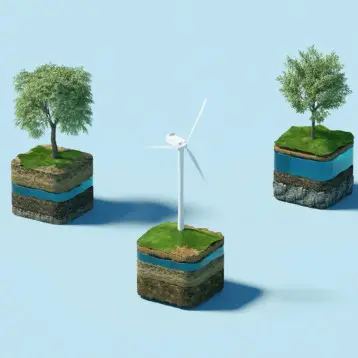A team at Duke’s Environmental Molecular Biotechnology Laboratory led by Assistant Professor of Civil and Environmental Engineering Claudia Gunsch and post doctoral fellow So-Ryong Chae, has been experimenting with the buckyballs. Buckyballs, or systems with 60 carbon atoms arranged in a lattice of pentagons and hexagons much like a soccer ball, are the most common nanoparticles, also known as buckminsterfullerenes.
In addition to preventing attachment to the membranes, the buckyballs also appear to inhibit the ability of the bacteria to fuel their activities with oxygen. This reduces the number of bacteria available for attachment, further lessening the impact of the bacteria on water systems. The researchers say they do not fully understand why this is the case, but all experiments so far have yielded consistent results.
The bacterial attachment, called biofouling, is one of the most common problems in membrane-based water filtration plants. The pores in the membranes are so small that they can get clogged very easily, limiting throughput considerably. The difference seen in membranes operating with buckyballs versus those without was significant; treated membranes had about 20 bacteria colonies after three days while untreated membranes had too many colonies to count.
All experiments to date have been conducted with Escherichia coli K12, a strain of bacteria widely used in laboratory settings. The next step is trying the buckyballs with other types of bacteria and with mixed environments of multiple bacteria that more closely mimic real world situations. The longevity of these coatings must also be tested. Additionally, the Duke team plans to build its own miniature filtration plant for more intense testing.
TFOT has previously reported on the Aquaduct Mobile Filtration bicycle that filters water as you pedal it. We have also reported on other technology based on buckyballs and other fullerenes including buckypaper composites with all of the properties of carbon nanotubes, an 80-atom buckyball made of Boron atoms instead of carbon, and ultralong carbon nanotubes developed at the University of Cincinnati.
Read more about treating water with buckyballs in this Duke University press release. You can also find more information about Dr. Gunsch and her research at Duke’s Environmental Molecular Biotechnology Laboratory page.










